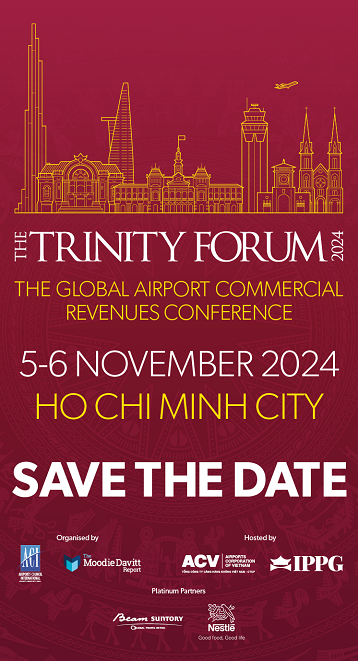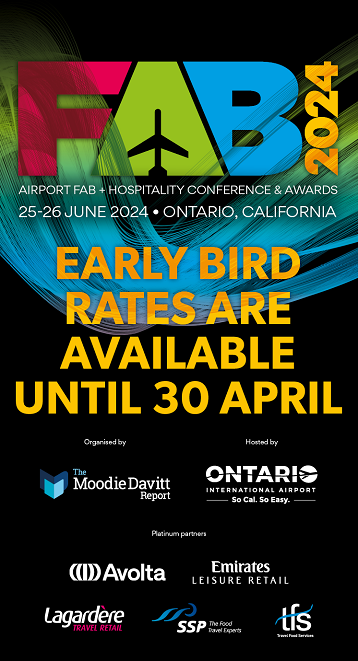 INTERNATIONAL. Worldwide annual scheduled air passenger numbers exceeded four billion for the first time last year, according to new statistics released by the International Air Transport Association (IATA).
INTERNATIONAL. Worldwide annual scheduled air passenger numbers exceeded four billion for the first time last year, according to new statistics released by the International Air Transport Association (IATA).
During 2017, airlines carried 4.1 billion passengers on scheduled services, an increase of +7.3% over 2016. This rise represents an additional 280 million trips by air.
IATA cited a broad-based improvement in global economic conditions and lower average airfares as the main factors in the rising passenger figures.
The airline trade association also reported that airlines connected a record number of cities worldwide, providing regular services to over 20,000 city pairs in 2017. This is more than double the level of 1995.
“In 2000, the average citizen flew just once every 43 months. In 2017, the figure was once every 22 months. Flying has never been more accessible. And this is liberating people to explore more of our planet for work, leisure and education. Aviation is the business of freedom.” – IATA Director General and CEO Alexandre de Juniac
Among world regions, Asia Pacific posted the heaviest traffic with 1.5 billion passengers (a 36.3% share), an increase of +10.6% against 2016. Europe was in second place with a 26.3% share (1.1 billion passengers, +8.2%) followed by North America 23% (941.8 million, +3.2%), Latin America 7% (286.1 million, +4.1%), Middle East 5.3% (216.1 million, +4.6%) and Africa 2.2% (88.5 million, +6.6%).
The top five airlines ranked by total scheduled passenger kilometres flown, according to the IATA statistics, were American Airlines (324 million passengers), Delta Air Lines (316.3 million), United Airlines (311 million), Emirates (289 million) and Southwest Airlines (207.7 million).
The top five international passenger airport pairs all fell within the Asia Pacific region. They were: Hong Kong-Taipei Taoyuan (5.4 million), Jakarta Soekarno-Hatta-Singapore (3.3 million), Bangkok Suvarnabhumi-Hong Kong (3.1 million), Kuala Lumpur–Singapore (2.8 million) and Hong Kong-Incheon (2.7 million).
Asia Pacfic was also responsible for the top five domestic passenger airport pairs. Jeju-Seoul Gimpo tops the list (13.5 million) followed by Tullamarine-Sydney (7.8 million), Fukuoka-Tokyo Haneda (7.6 million), Sapporo-Tokyo Haneda (7.4 million) and Beijing Capital-Shanghai Hongqiao (6.4 million).
There is an interesting new dimension to the passenger statistics this year, with IATA ranking 2017 passenger traffic by nationality (a reference to the passenger’s citizenship as opposed to country of residence). The USA headed the field (632 million, representing 18.6% of all passengers) followed by People’s Republic of China (555 million, 16.3%), India (161.5 million, 4.7%), UK (147 million, 4.3%) and Germany (114.4 million, 3.4%).
Analysing the overall passenger figures for 2017, IATA Director General and CEO Alexandre de Juniac said: “In 2000, the average citizen flew just once every 43 months. In 2017, the figure was once every 22 months. Flying has never been more accessible. And this is liberating people to explore more of our planet for work, leisure and education. Aviation is the business of freedom.”
Note: The new passenger statistics are included in the recently released 62nd Edition of the World Air Transport Statistics (WATS), the yearbook of the airline industry’s performance.It is available for purchase on IATA’s website at www.iata.org/wats.













